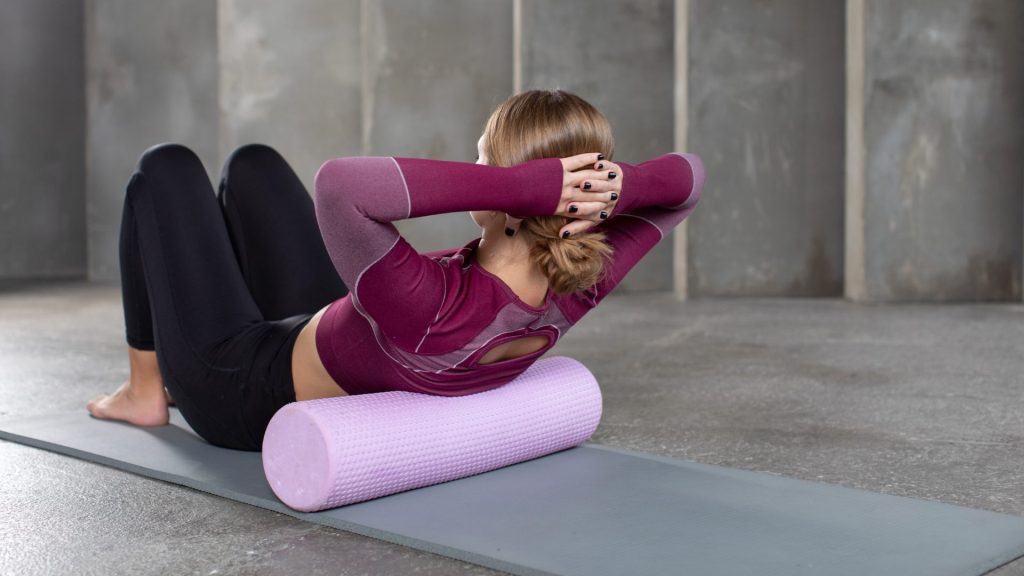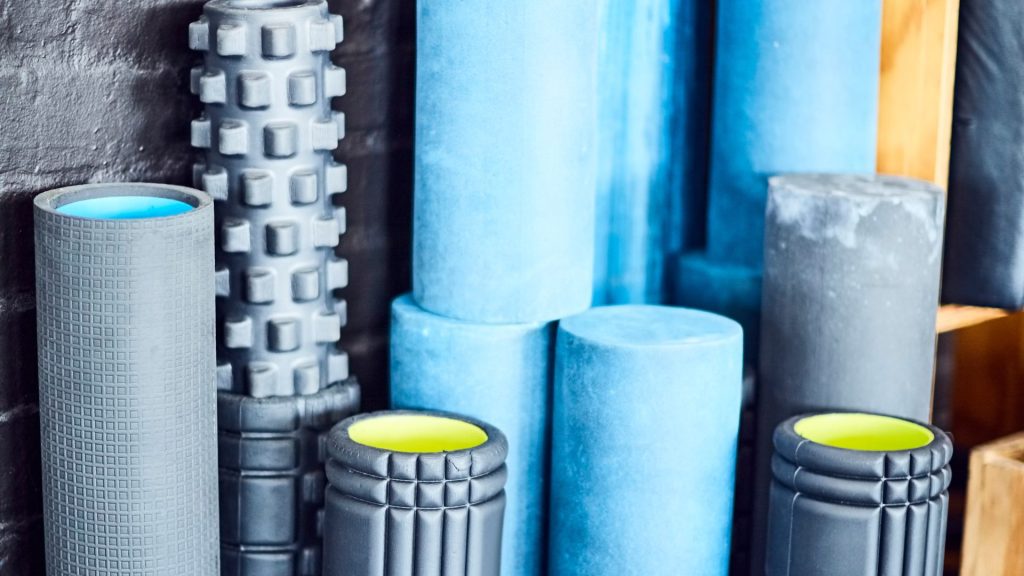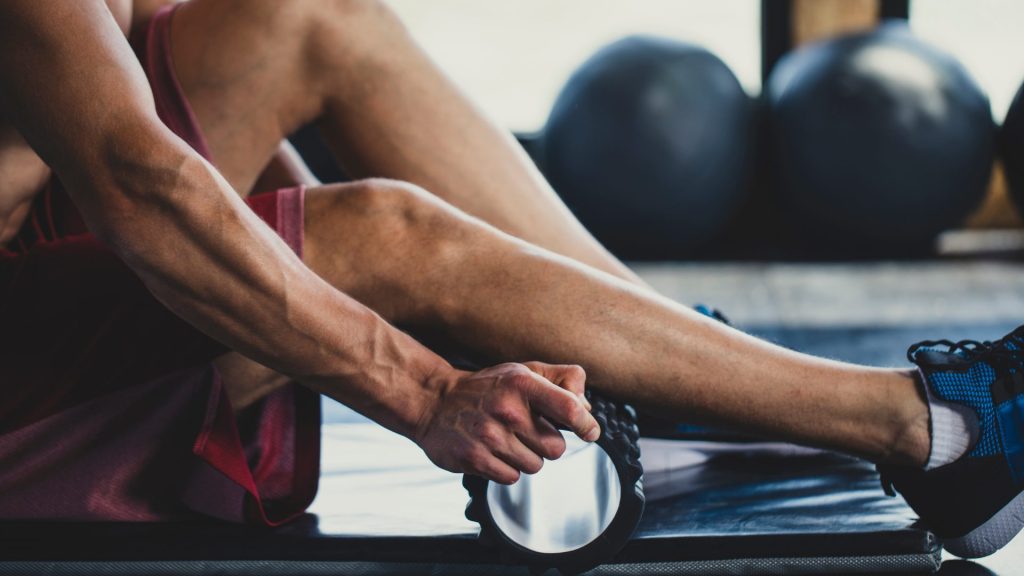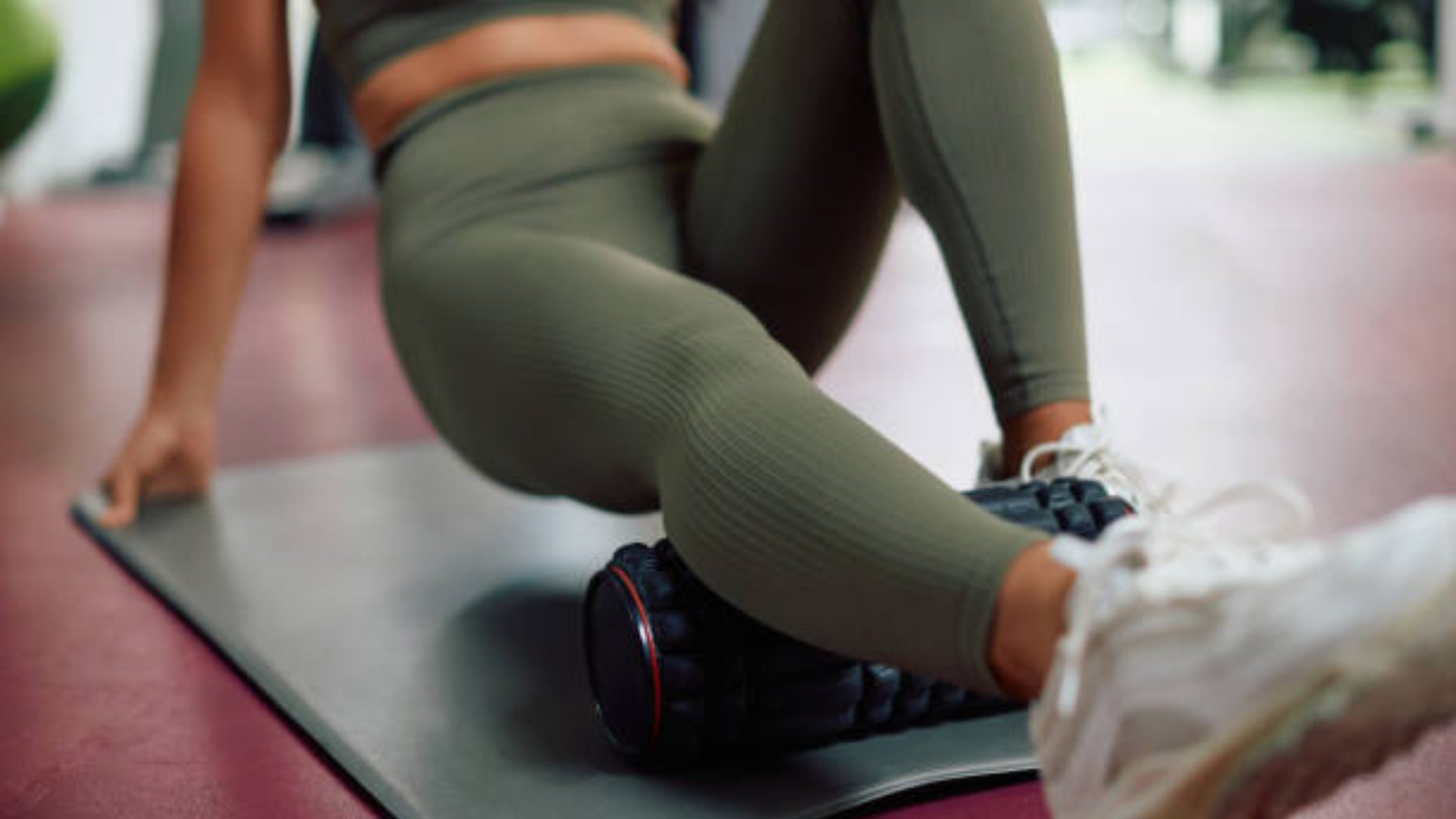Unlock the secret to faster recovery and enhanced flexibility with foam rolling, your personal at-home massage therapy. Ideal for fitness enthusiasts and anyone seeking to alleviate muscle tension, this straightforward technique is gaining popularity in the health and wellness community.
Explore the basics of foam rolling with our beginner’s guide. Discover how this simple tool can revolutionize your post-workout routine, boost your mobility, and leave you feeling rejuvenated and prepared for your next adventure.
What is Foam Rolling?
Foam rolling, also known as self-myofascial release, is a technique that involves the use of a cylindrical piece of foam to apply pressure to specific parts of the body. It serves as a tool for individuals to massage their muscles, relieving tightness and promoting recovery. The process works by placing the foam roller on the ground and using one’s body weight to apply pressure to sore or tight muscles, rolling back and forth to mimic the action of a massage. This method is particularly popular among athletes, fitness enthusiasts, and anyone seeking relief from muscle tension caused by physical activity or prolonged periods of sitting.

The concept behind foam rolling is to aid in the breakdown of knots that form in the muscles, which can restrict movement and cause discomfort. By applying pressure to these areas, foam rolling helps to increase blood flow and oxygen to the muscle tissue, speeding up the recovery process and improving overall flexibility. Moreover, it can be a preventive measure against injuries by maintaining muscle length and reducing stiffness. Foam rolling is not only beneficial after workouts but can also be incorporated into daily routines by those experiencing muscle stiffness due to sedentary lifestyles. It’s a simple, yet effective, practice that can make a significant difference in muscle health and mobility.
Benefits of Foam Rolling
Foam rolling offers numerous benefits for both the body and mind, making it a valuable practice for individuals leading active lifestyles as well as those experiencing muscle stiffness from daily routines. Here’s a concise list of the key advantages:
- Enhanced Muscle Recovery: Foam rolling speeds up the recovery process by increasing blood flow to the muscles, which helps in reducing recovery time after workouts.
- Improved Flexibility and Range of Motion: Regular use can lead to improved flexibility, making it easier to perform exercises with a proper range of motion.
- Reduction in Muscle Soreness: It helps in reducing the intensity and duration of delayed onset muscle soreness (DOMS) by facilitating the movement of lactic acid out of the muscles.
- Injury Prevention: By maintaining muscle length and reducing stiffness, foam rolling can help prevent injuries that might occur during physical activities.
- Stress Reduction: The act of foam rolling can be relaxing, helping to reduce stress levels by easing muscle tension.
- Cost-Effective Self-Care: It is a budget-friendly way to receive some of the benefits of massage therapy without the ongoing costs.
- Increased Blood Circulation: Enhanced blood flow from foam rolling brings more oxygen and nutrients to the muscles, supporting overall health and well-being.
Types of Foam Rollers
There are several types of foam rollers available, each designed to meet different needs and preferences. Here’s a breakdown of the most common types:
- Standard Density: These are the most versatile foam rollers, suitable for both beginners and experienced users. They offer a balance between comfort and pressure, making them ideal for general use.
- Firm Density: Firm rollers provide a deeper massage and are best for those who have experience with foam rolling or prefer intense pressure. They are effective in breaking down tight knots.
- Soft Density: Soft foam rollers have more give, making them less intense and more comfortable for beginners or individuals with sensitive muscles.
- Textured: These rollers have ridges or knobs on their surface to mimic the hands of a massage therapist. Textured rollers are designed to target deeper tissue and specific muscle groups more effectively.
- Vibrating: Combining vibration with foam rolling, these rollers offer an enhanced massage experience. The vibration helps to further relax the muscles and can be particularly beneficial for muscle recovery.
- Compact and Travel: Compact rollers are shorter in length, making them easy to store or travel with. Though they may not be suitable for rolling larger muscle groups, they are convenient for focusing on smaller areas.

Each type of foam roller has its unique benefits, and the choice depends on individual needs, such as muscle sensitivity, the intensity of the massage desired, and portability requirements.
How to Use a Foam Roller
Using a foam roller is a straightforward process, but doing it correctly is key to getting the most out of this tool. Here’s a step-by-step guide:
- Choose the Right Roller: Start with a standard-density roller if you’re new to foam rolling. Consider the firmness and length based on your specific needs and comfort level.
- Start with Warm-Up: Begin with a 5-10 minute warm-up to increase blood flow to your muscles. This can be a light jog, dynamic stretching, or any activity that gently prepares your body.
- Focus on Target Areas: Identify the muscle groups you want to work on. Common areas include the back, thighs, calves, and shoulders. Avoid rolling directly on joints or bones.
- Use Your Body Weight: Position the foam roller under the targeted muscle group and slowly lower your body onto it. Use your body weight to apply pressure but adjust to avoid extreme pain.
- Roll Slowly: Gently roll back and forth across the muscle group. Move slowly, allowing the roller to massage the muscles. Spend about 30 seconds to 1 minute on each area.
- Pause on Sore Spots: If you find a particularly tight or sore spot, pause for a few seconds. Breathe deeply and allow the tension to release before continuing.
- Listen to Your Body: It’s normal to feel some discomfort, but you shouldn’t be in pain. If something feels wrong, adjust your position or lessen the pressure.
- Finish and Repeat: After working on all targeted areas, repeat the process as needed. Consistency is key for the best results.
Foam rolling can be a beneficial addition to your fitness routine, aiding in muscle recovery and flexibility. Remember to start gently and gradually increase pressure as your muscles adapt.
Foam Rolling Exercises for Beginners
For beginners, starting with some basic foam rolling exercises can help ease muscle tightness and improve flexibility. Here are a few exercises tailored for those new to foam rolling:
Calves
Sit on the floor and place the foam roller under your calves. Cross your ankles for added pressure if needed. Support yourself with your hands behind you and gently roll from the lower legs to just below the back of your knees.
Quads
Lie face down and place the foam roller under your thighs. Using your forearms for support, roll from the bottom of your hip to just above your knees. Keep your core engaged and move slowly.
Hamstrings
Sit with the foam roller placed under your thighs. Place your hands behind you for support. Roll from the bottom of your buttocks to just above the back of your knees.
Upper Back
Lie on your back with the foam roller positioned under your shoulder blades. Cross your arms in front of you, lift your hips slightly, and gently roll from your mid-back to the top of your shoulder blades.
Glutes
Sit on the foam roller and cross one leg over the opposite knee. Lean into the hip of the crossed leg and roll back and forth to target the glute muscles.
Remember to roll slowly and pause on any particularly sore or tight spots. It’s normal to feel some discomfort, but stop if you experience pain. These exercises can be performed before or after workouts, or any time your muscles feel tight. Consistency is key to seeing improvements in muscle recovery and flexibility.
Integrating Foam Rolling into Your Routine
Integrating foam rolling into your routine is a simple way to enhance muscle recovery and flexibility. Here’s how you can make it a regular part of your fitness or daily self-care practice:
- Timing: Foam rolling can be done before or after workouts. Before exercising, it helps to warm up your muscles and improve range of motion. Post-exercise, it aids in recovery and reduces soreness.
- Frequency: Aim to use the foam roller 3 to 4 times per week. If you’re dealing with specific tight spots or aiming for recovery, daily use is beneficial. Even a few minutes can make a difference.
- Duration: Spend about 5 to 15 minutes per session. Focus on each muscle group for at least 30 seconds to 1 minute. Listen to your body; spend more time on areas that feel particularly tight.
- Consistency: Regular foam rolling is key to experiencing its benefits. Try to make it a habit, similar to how you would with any other part of your fitness routine.
- Adaptation: As you become more comfortable with foam rolling, you can adjust the pressure and time spent on each area based on your needs. Explore different types of foam rollers to see what works best for you.

By making foam rolling a consistent part of your routine, you can enjoy improved flexibility, reduced muscle soreness, and better overall muscle health.
Conclusion
Foam rolling is a valuable technique for anyone looking to enhance their muscle recovery, increase flexibility, and reduce soreness. With various types of foam rollers available, individuals can choose one that suits their specific needs and comfort level. By incorporating foam rolling exercises into your routine, you can target key muscle groups, improve your performance, and prevent potential injuries. Remember, consistency is crucial to reaping the benefits of foam rolling. Whether you’re an athlete, a fitness enthusiast, or someone seeking relief from daily muscle tension, foam rolling can be an effective and affordable way to care for your muscles and improve your overall well-being.

